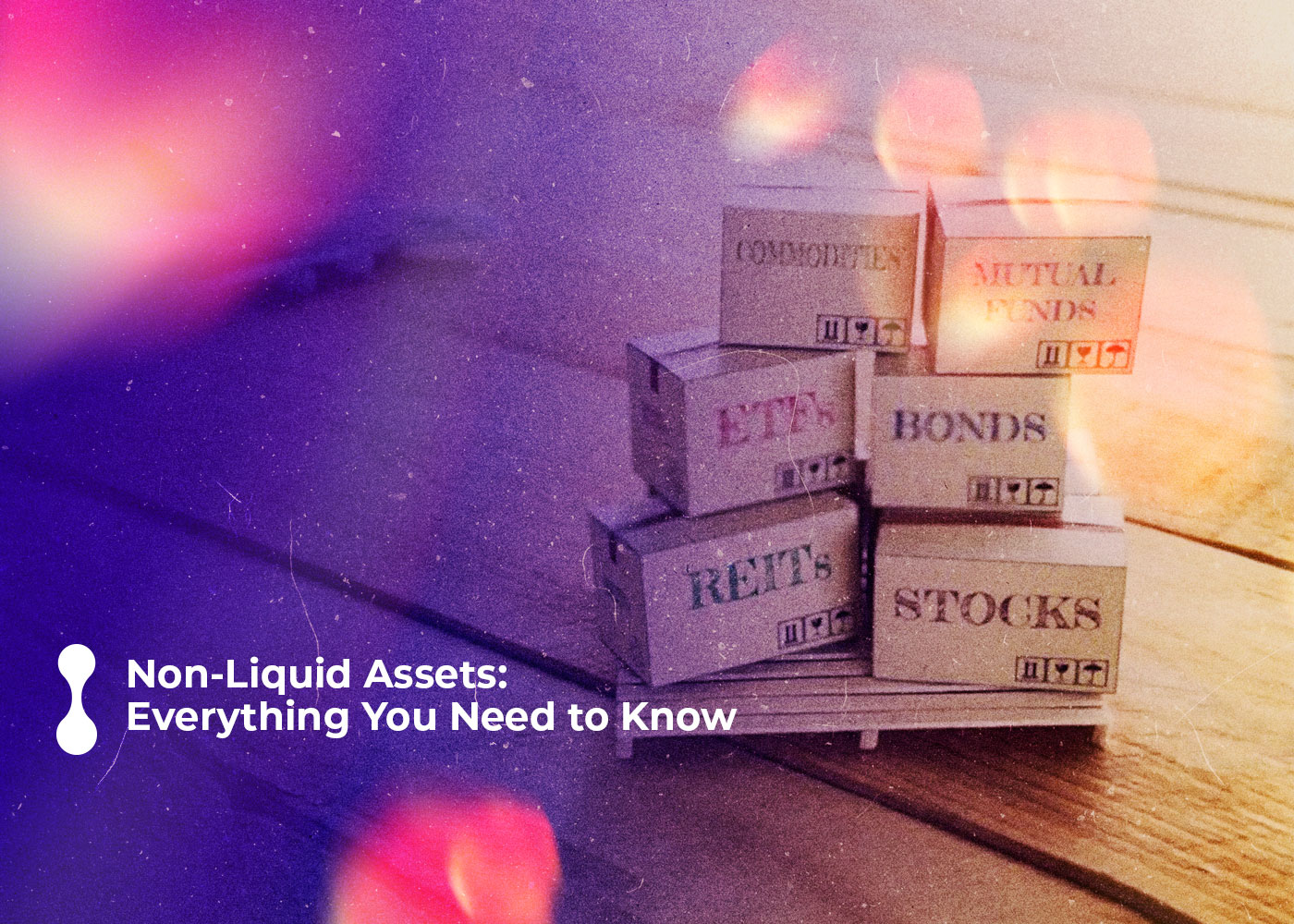The concept of non-liquid assets may be familiar to some, yet they represent a significant part of assessing any company’s financial health and size. Whether it’s stocks, bonds, real estate properties, or other more specific investments like oil fields or crypto-currency, understanding how these types of investments work can help you better manage your finances as a consumer who wants their money to grow. This article will explore the kinds of non-liquid assets available and examine which ones are best for long-term investing in today’s complex economy.
What are Non-Liquid Assets?
Non-liquid assets can only be easily converted into cash with a significant loss of value or time. Examples of non-liquid assets include real estate, vehicles, equipment, jewelry, and antiques. These assets are typically held for long-term investments, as they cannot be quickly and easily converted into cash.
In contrast, liquid assets can be quickly and easily converted into cash, such as cash itself, bank deposits, stocks, and bonds. These assets can be readily sold on the open market, and their value is generally stable and easily determined.

What are the Advantages of Non-Liquid Assets?
Non-liquid assets, such as real estate, precious metals, and collectibles, have several advantages over liquid assets, such as cash and stocks.
The first advantage is that non-liquid assets have the potential to appreciate over time, which can lead to significant returns on investment. Also, non-liquid assets can act as a hedge against inflation, as their value may increase during periods of high inflation.
Another advantage is that non-liquid assets may offer tax benefits, such as deductions for mortgage interest payments on real estate or tax breaks for certain investments.
And the last advantage is that non-liquid assets have tangible value, meaning they have intrinsic worth beyond their market value. For example, a piece of art or a rare coin has value as a collectible beyond its market price.
To Sum Up:
In conclusion, it is essential to understand the different types of non-liquid assets and how they can affect your overall financial health. Additionally, it’s always a good idea to consult a trusted tax or financial adviser before making significant decisions. Don’t forget that when it comes to asset classes, there is no one-size-fits-all option. Finding the right non-liquid assets for you and your situation depends on careful research and consideration of your finances, goals, and risk tolerance levels. So before you move forward with any investments, research and weigh the benefits with the possible risks.
